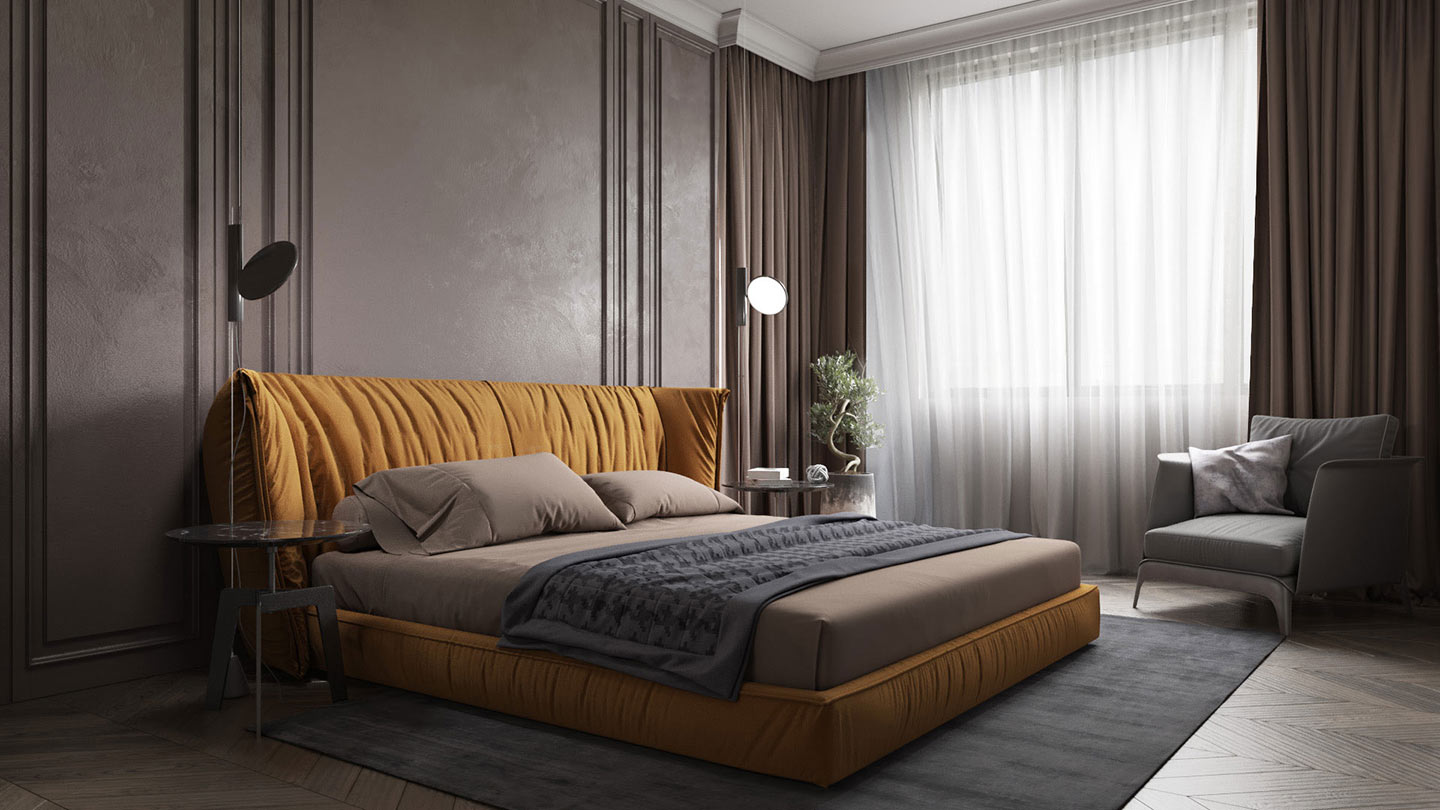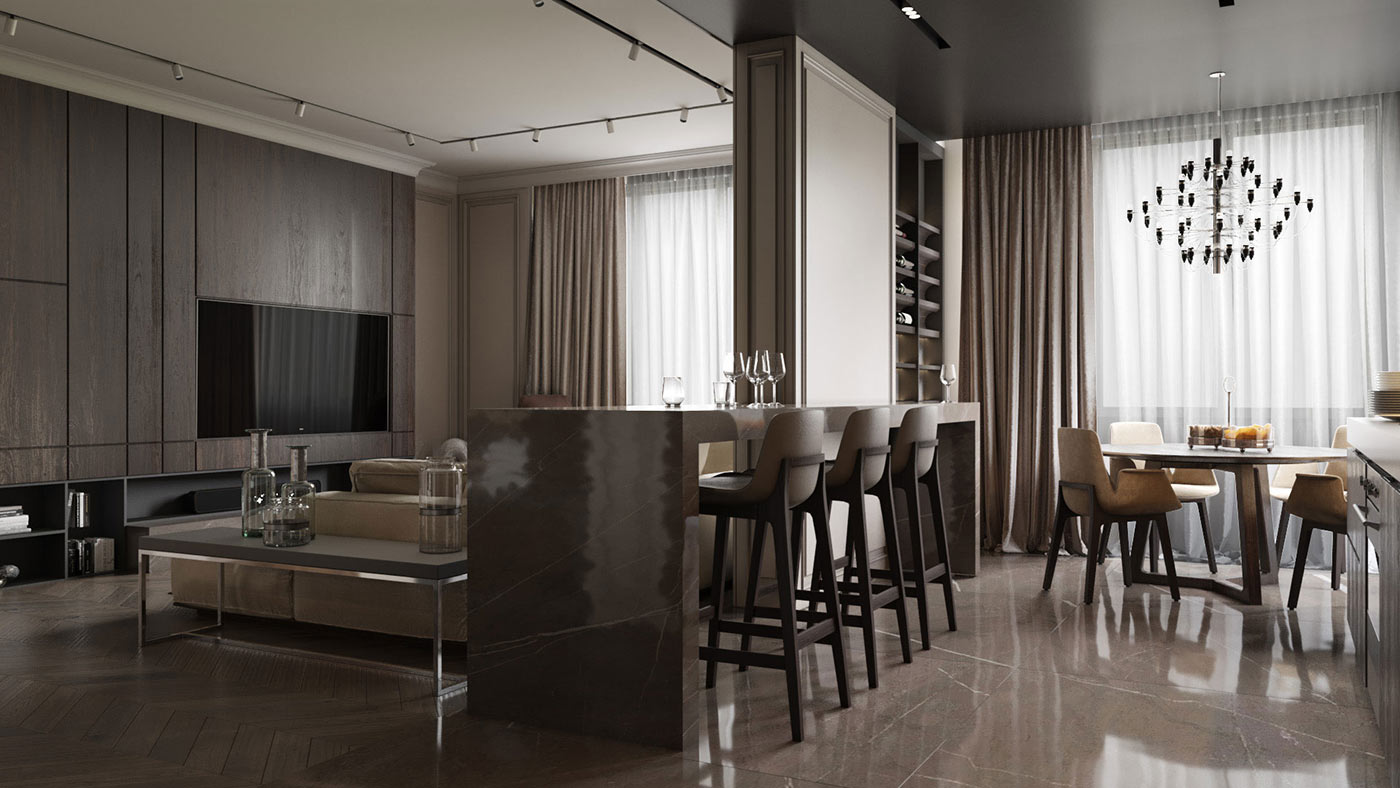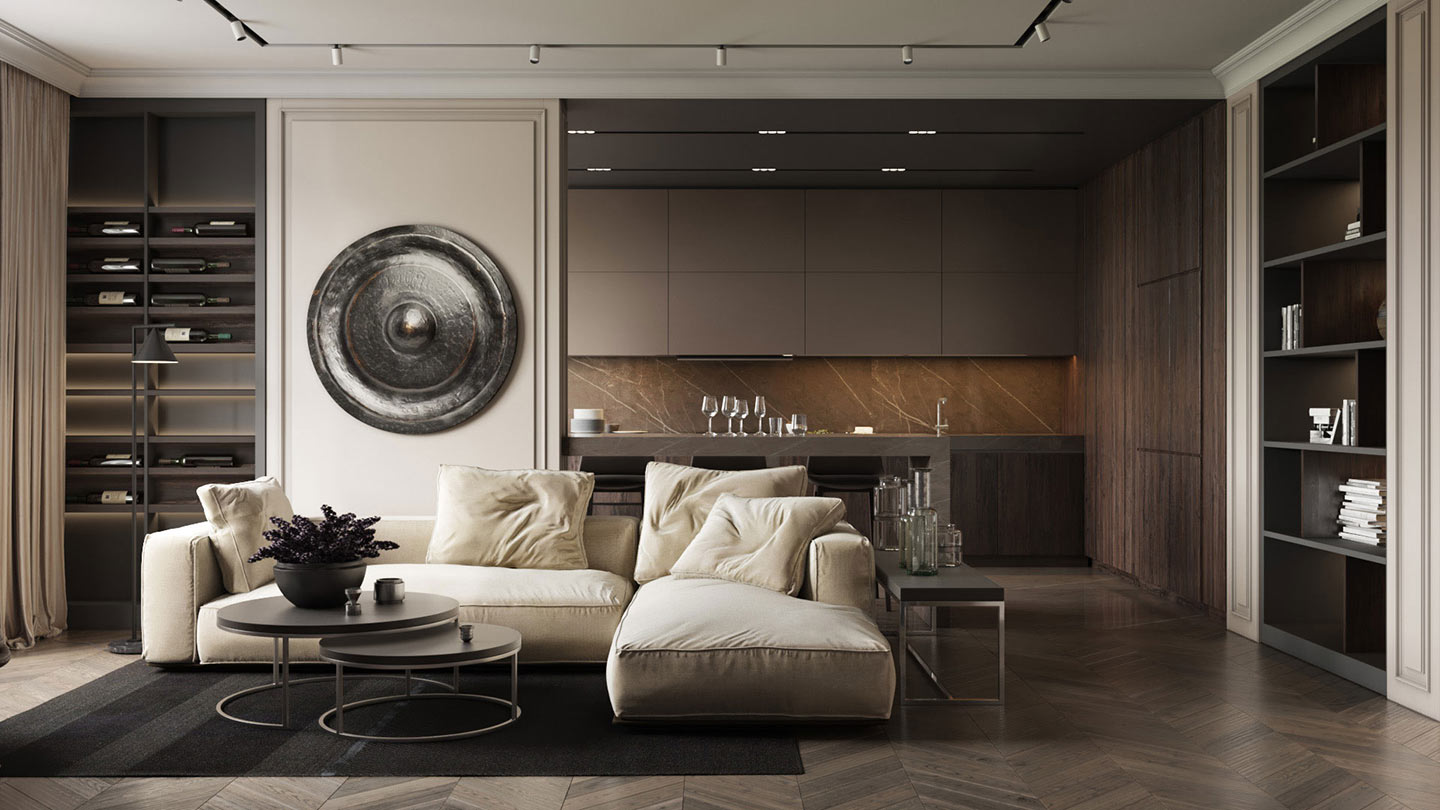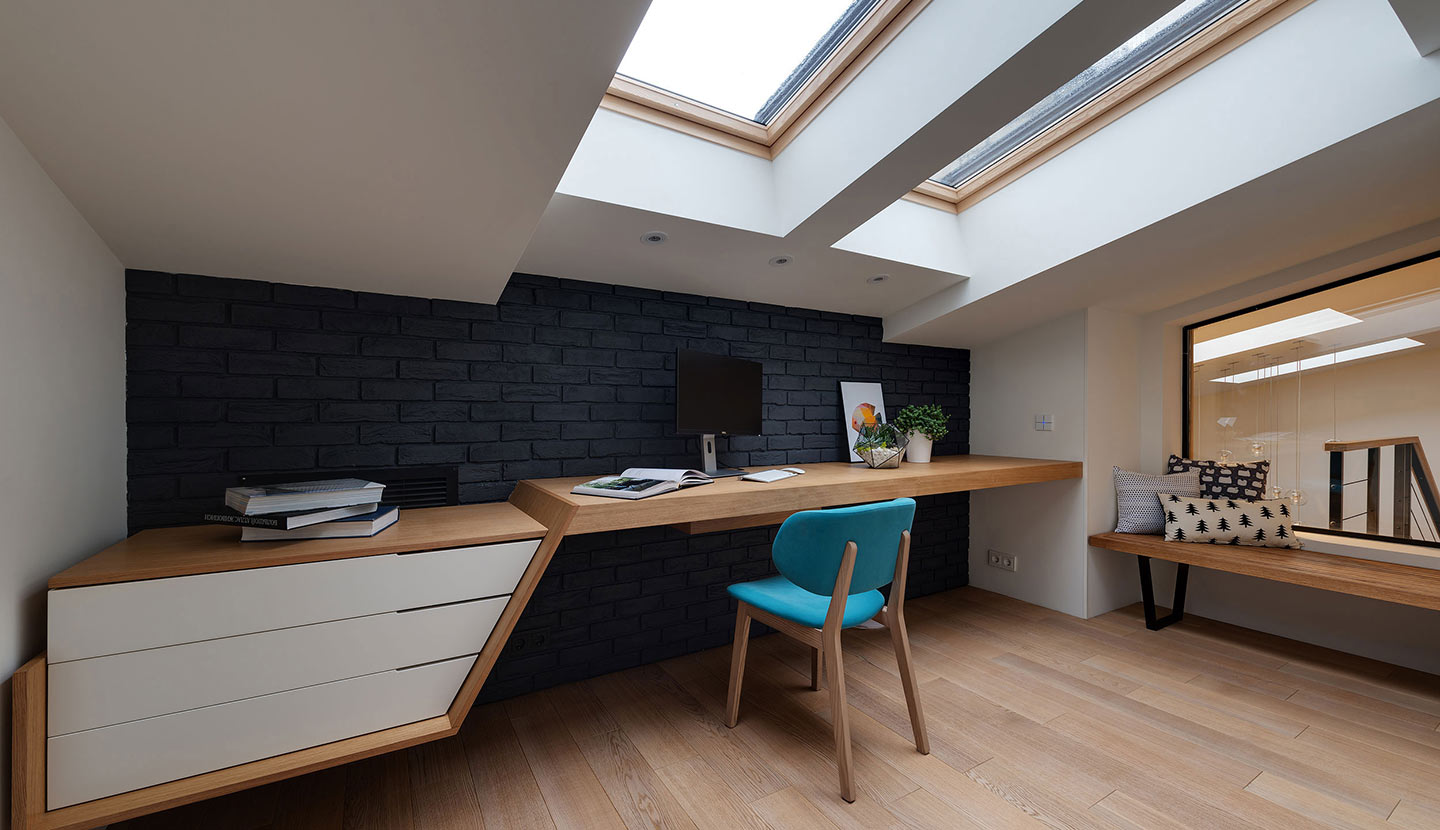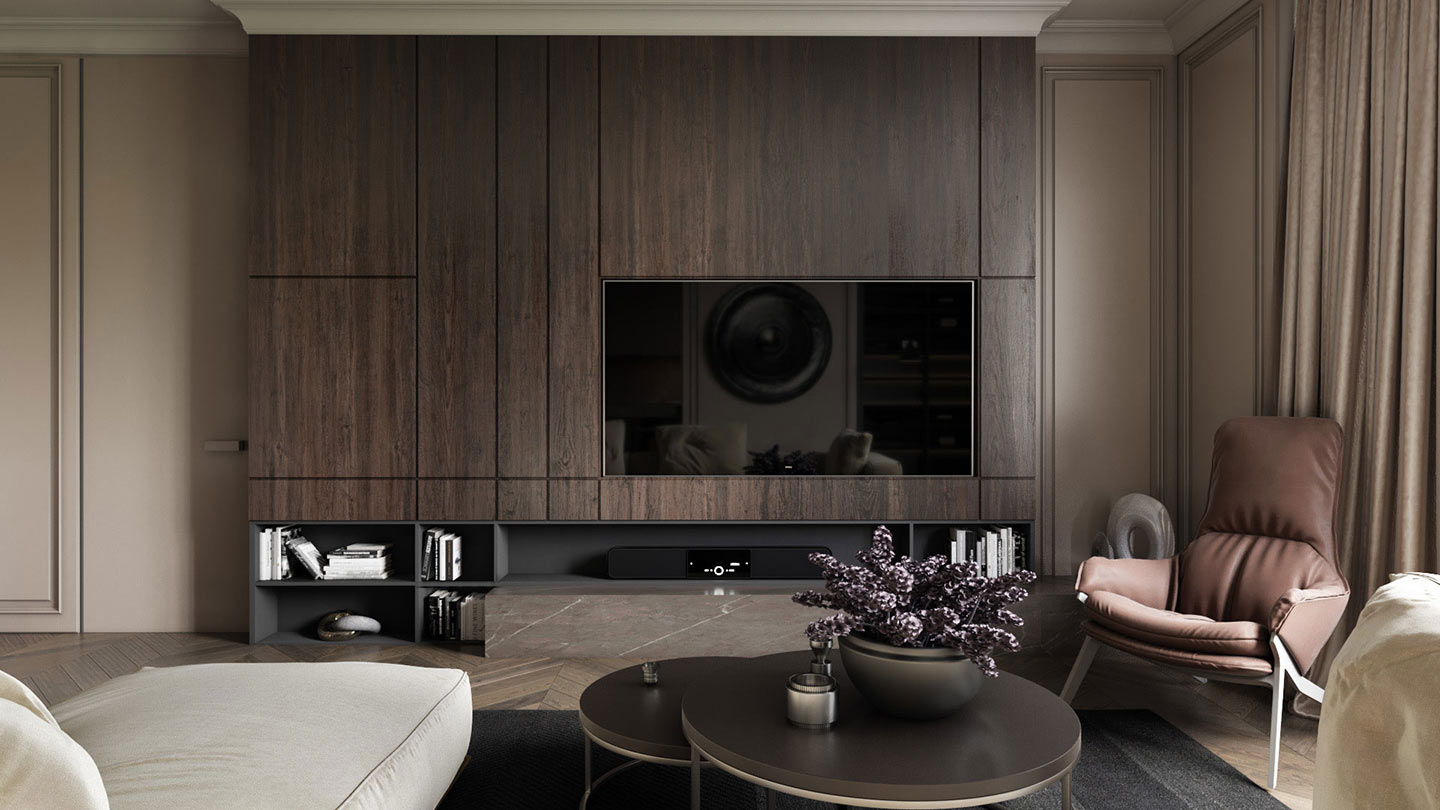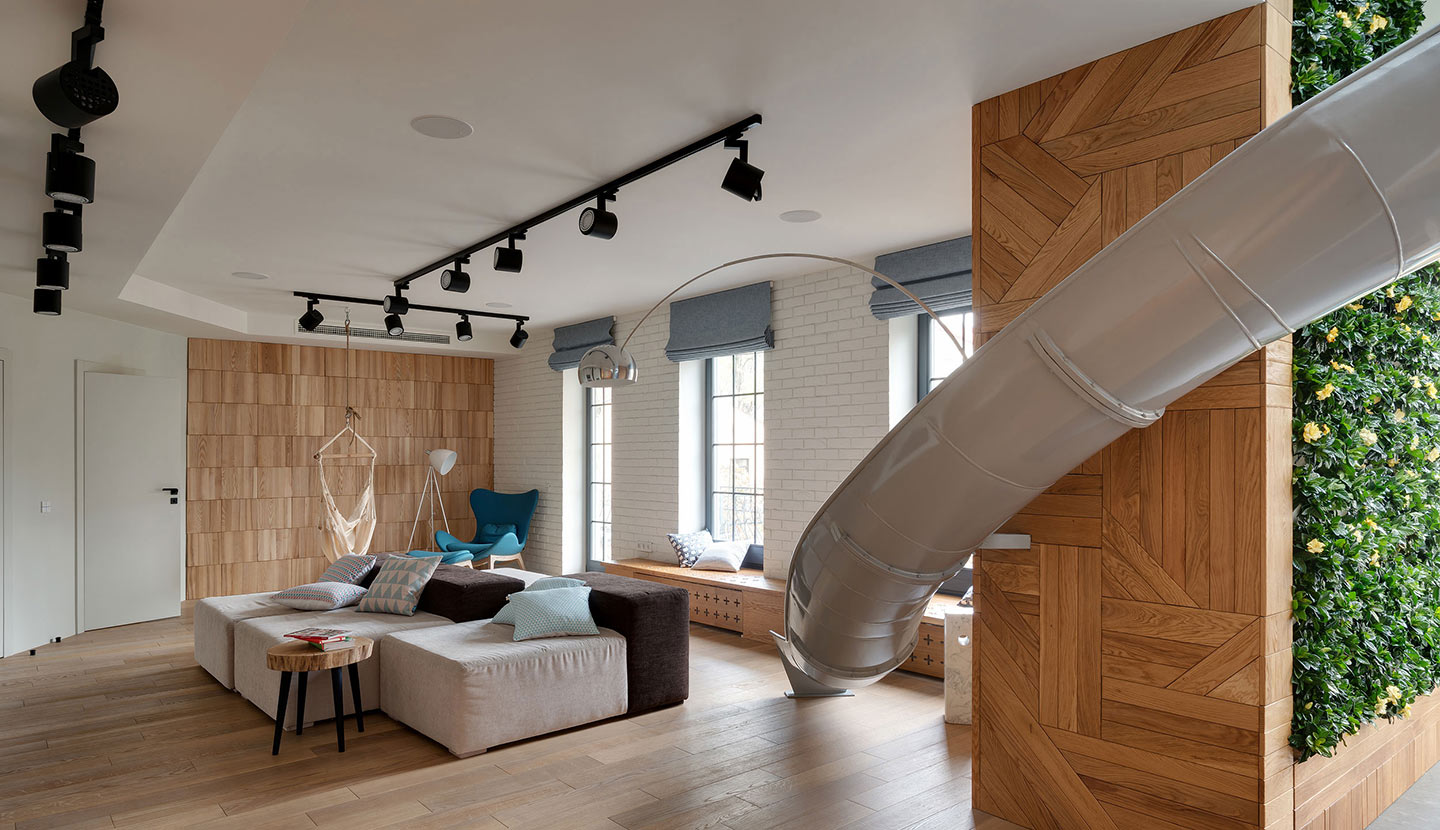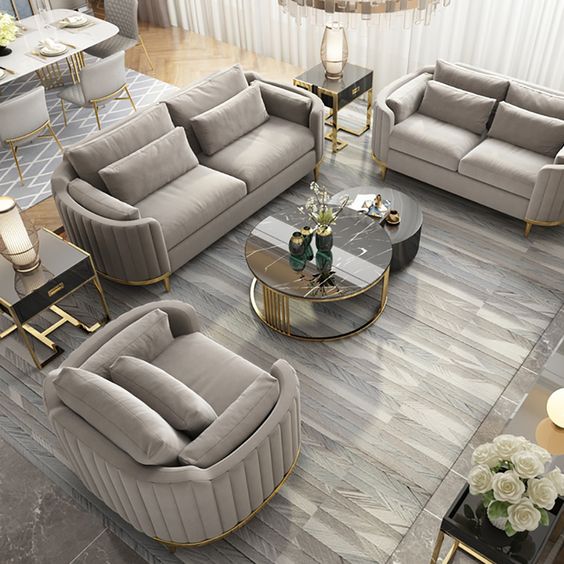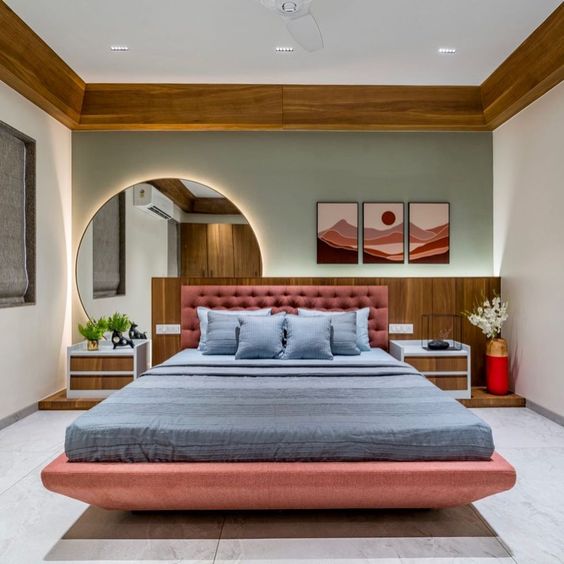Creating a Sacred Space: Essential Elements of North Indian Pooja Room Design Ideas
Welcome to a journey where tranquility meets spirituality! If you’ve ever walked into a space that instantly fills you with peace and reverence, then you understand the power of creating a sacred environment in your home. In North Indian culture, the pooja room is not just an area; it embodies devotion, tradition, and reflection. Whether you’re looking to spark joy in your daily prayers or seeking inspiration for design, this blog post is your ultimate guide. From vibrant color palettes that uplift the spirit to thoughtfully curated artifacts that resonate with divine energy, we’ll explore essential elements that transform any corner into a serene sanctuary for worship and mindfulness. Get ready to infuse your living space with sacredness as we dive deep into inspiring pooja room design ideas tailored for modern homes while honoring age-old traditions!
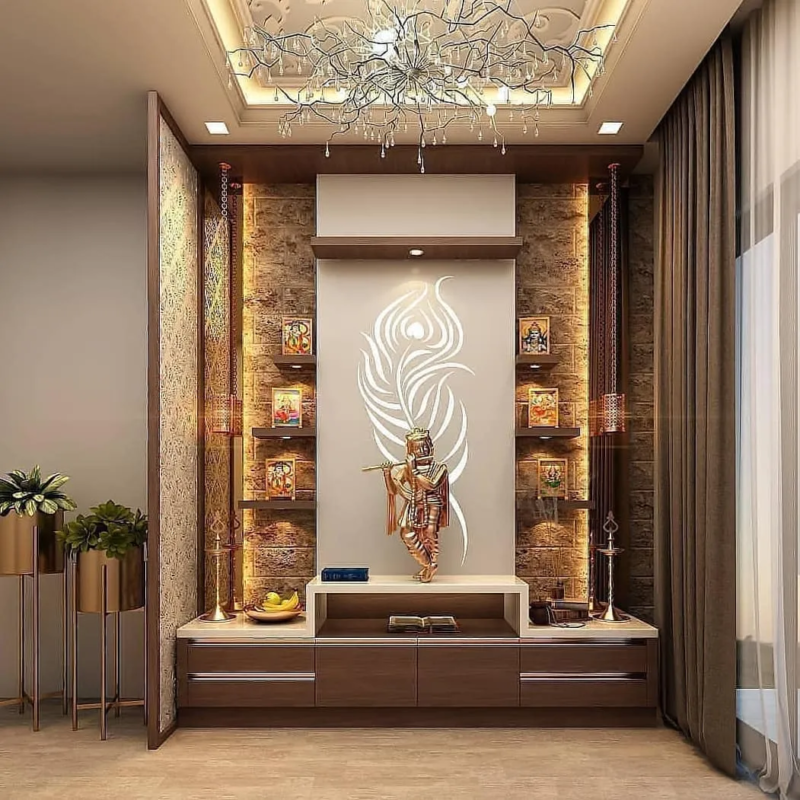
Introduction: Explanation of the importance of having a sacred space in North Indian culture and its purpose in daily life.
Creating a sacred space is more than just an architectural choice; it’s about cultivating a haven for spirituality and reflection. In North Indian culture, the Pooja room holds immense significance. It serves as a sanctuary where families come together to connect with their spiritual roots, offering prayers and seeking blessings. This intimate corner of the home becomes a focal point for daily rituals, festivals, and celebrations.
Imagine stepping into your own Pooja room—a warm ambiance filled with fragrant incense, glowing diyas, and intricate designs that speak of tradition. Here lies the heart of devotion amid bustling daily life. Embracing this sacred space can transform not only your surroundings but also enhance your sense of inner peace and connection to the divine. Let’s explore how you can design this essential part of your home with both traditional elements and modern flair!
Understanding the Pooja Room: Brief overview of what a Pooja room is and its significance in Indian homes.
A Pooja room is a sacred space dedicated to worship and spirituality. It serves as the heart of many North Indian homes, where families come together to connect with their faith. This intimate area often reflects the rich tapestry of cultural traditions.
Within these walls, devotees engage in daily rituals that honor deities, seek blessings, and express gratitude. The ambiance fosters tranquility and mindfulness, allowing for deeper reflection during prayers.
The design typically includes an altar or Mandir adorned with idols or images of gods and goddesses. Each element holds significance— from incense holders to prayer bells— enhancing the spiritual experience.
Creating this designated space nurtures a sense of belonging while reinforcing family values. It becomes a sanctuary for personal growth and communal bonding through shared beliefs and practices.

Traditional Elements of North Indian Pooja Room Design: Discussing the traditional design elements such as Mandir, idols, rangoli, etc. and their cultural significance
The Pooja room in North Indian homes is a sanctuary of spirituality. At its heart lies the Mandir, often intricately crafted from wood or marble. This sacred structure houses idols of deities, each representing different virtues and blessings.
Idols are more than mere decorations; they embody faith and devotion. Devotees offer prayers and seek guidance from these divine figures daily.
Rangoli adds color and vibrancy to the space. Traditionally made with colored powders or flowers, it welcomes positivity while showcasing artistic skills passed through generations.
Natural elements also play a vital role. Incorporating plants like Tulsi not only purifies the air but holds spiritual significance in Hindu culture as well.
Every component contributes to an atmosphere filled with reverence, creating a perfect backdrop for rituals that strengthen familial bonds and community ties.
Modern Twist on Pooja Room Design: Exploration of how modern interior design
The modern twist on Pooja room design reflects a fusion of tradition and contemporary aesthetics. Today’s homeowners are blending classic elements with sleek, minimalistic designs. This approach allows for personal expression while maintaining the sacred essence of the space.
Neutral color palettes are becoming increasingly popular, offering a calming backdrop that complements vibrant idols and decor. Clean lines and open spaces create an inviting atmosphere, making it easier to focus during prayer or meditation.
Incorporating multifunctional furniture is another trend worth noting. Tables that can serve as both an altar and storage solutions make efficient use of space without sacrificing style. Lighting plays a vital role too; soft, warm lights enhance the spiritual ambience while highlighting significant features like carvings or artwork.
Another innovative idea is using glass partitions to separate the Pooja area from other living spaces, allowing light to flow through yet ensuring privacy during rituals. Adding natural elements such as indoor plants can further elevate this tranquil corner in your home.
With these designs, creating a sacred space no longer feels limited by traditional constraints but rather opens up opportunities for creativity in honoring one’s faith and heritage amidst modern lifestyles.
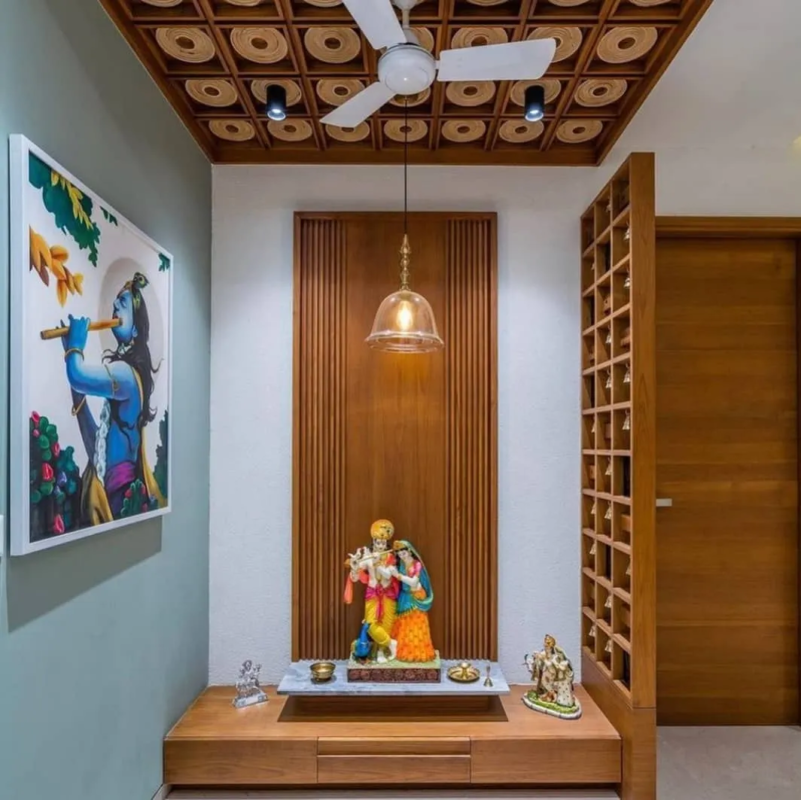
Final Thoughts
In this blog article, we have discussed the essential elements of North Indian pooja room design ideas to help you create a sacred space in your home. We started by understanding the significance and purpose of having a pooja room in your house. We then delved into the various elements that are fundamental to creating an ideal prayer space according to North Indian tradition.
We began with discussing the location of the pooja room and how it should be placed in a northeast direction for positive energy flow. Next, we talked about the importance of proper lighting in a pooja room, with both natural light and artificial lighting playing crucial roles. We also emphasized the need for keeping the space clutter-free and organizing it with shelves or cabinets to store all religious items.
We then moved on to explore the decor aspect of a pooja room, emphasizing how using traditional motifs, colors, and materials can enhance its spiritual ambience. The significance of incorporating idols or images of deities, as well as other religious symbols like bells, diyas, and incense holders were also highlighted.
To further elevate the spiritual atmosphere, we discussed the importance of using fragrances such as camphor or sandalwood during prayer rituals. Additionally, we suggested adding plants or flowers to bring nature’s freshness into the space while offering prayers.
Furthermore, we touched upon some additional features that could enhance your pooja room experience such as incorporating acoustic soundproofing techniques for peaceful prayer sessions and incorporating water element through fountains or small water bodies to symbolize purity and serenity.
We want to remind our readers that while these are essential elements according to North Indian tradition when creating a pooja room, ultimately what matters is connecting with one’s spirituality in whichever way feels right. Whether you follow all these design ideas strictly or modify them based on personal preferences is entirely up to you.
Creating a sacred space is not just about following certain rules but about finding a space that resonates with your spiritual beliefs and connects you to the divine. We hope this article has provided you with some valuable insights and inspiration to create a pooja room that truly reflects your devotion and spirituality.

